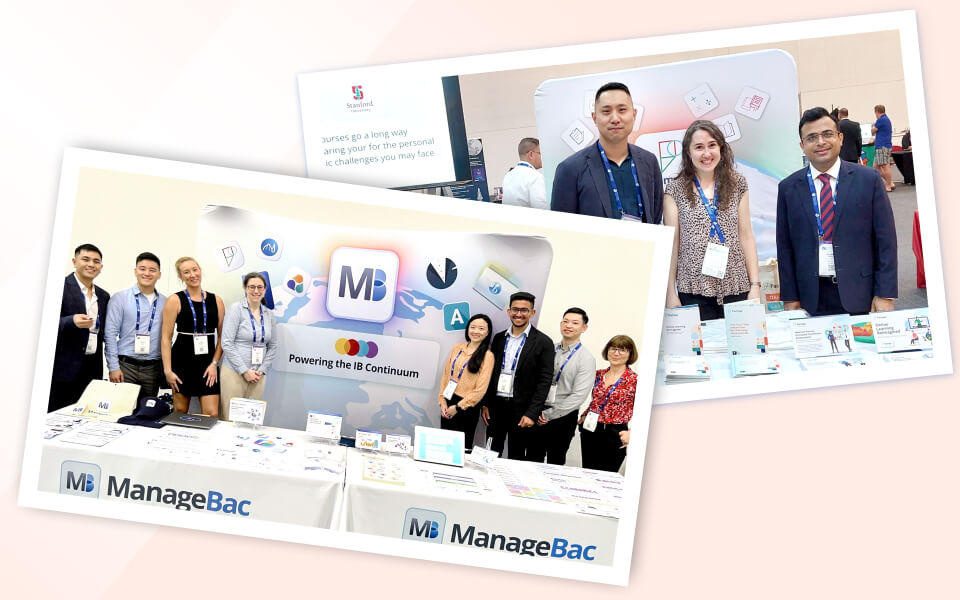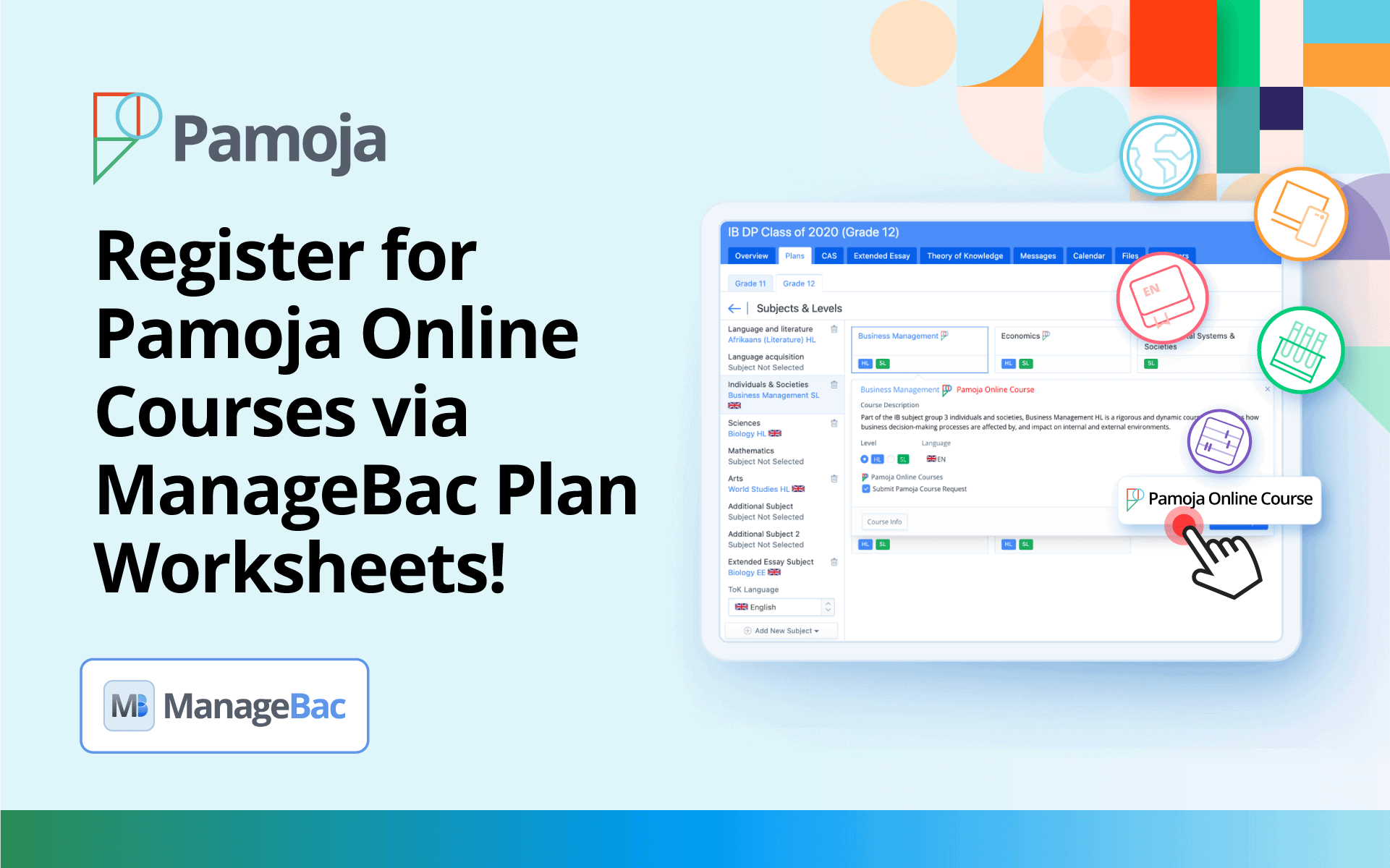Technology has often been cited as a fundamental tool for education. However, when used incorrectly it can be quite the opposite. If students use technology to access a wide range of information on a single topic without the ability to analyse it, understand what is relevant and what is not, and utilise it, then there is nothing to be gained nor learnt. Almost all young people are digitally native; they have grown up with the internet, smart phones, tablets, and laptops. But, the key to ensuring that digitally native students are digitally literate is for teachers to place the student at the centre of the learning process, to encourage self-direction and thus ensure that they have the essential skills to use technology in the right way.
For the student to gain these essential skills, they must be given the space and freedom to forge their own learning pathways. The student’s self-learning is facilitated by the teacher, who joins them at the centre of the process. This is possible when technology is used as a tool for managing everyday activities so that the teacher has more time to dedicate to the specific learning needs of each individual student. The self-directed learner animates the classroom, shifting the traditional student-teacher dynamic so that control is passed over. This, combined with monitoring, feedback and support from their teacher, encourages the learner to engage their curiosity and become both thoughtfully collaborative and analytical; able to not only consume information but to understand and utilise it.
Critical thinking skills are essential; students that can locate, interpret, evaluate and create digital information are very different to students who simply locate information and conclude their search having taken the first result at face value. Through the flexibility afforded by use of technology students can develop their own learning around any given subject and create their own learning moments. Learning moments are then no longer confined to the classroom or to a particular subject, but for the curious, inquisitive student happen anywhere and everywhere. With the ability to access a wealth of information and to communicate worldwide at the touch of a button, it is more important than ever that young people be taught to use technology in the right way. The fundamental focus of education must be on nurturing thoughtful, collaborative global citizens; after all, they hold the key to tomorrow’s potential.
Sign up to our monthly newsletter to keep up to date with all the latest Pamoja news.




